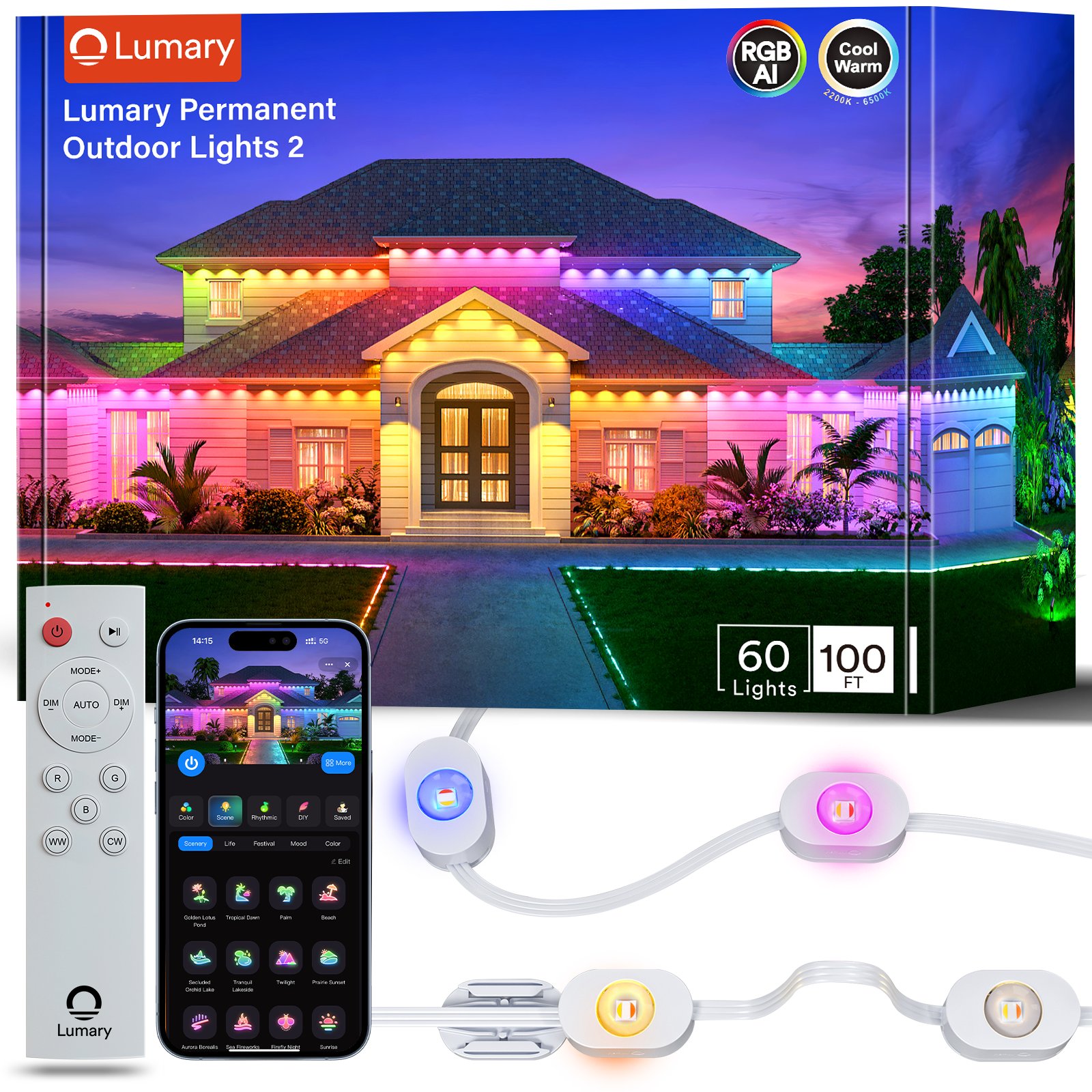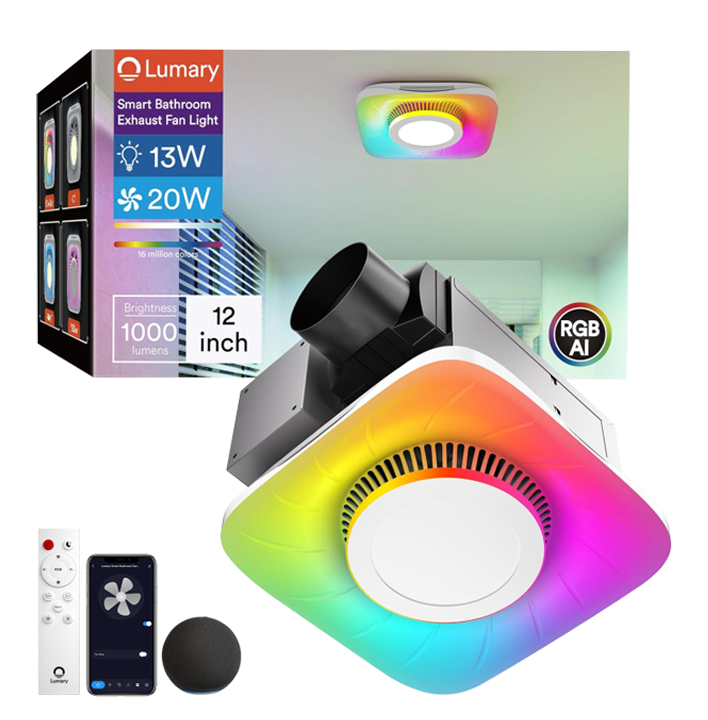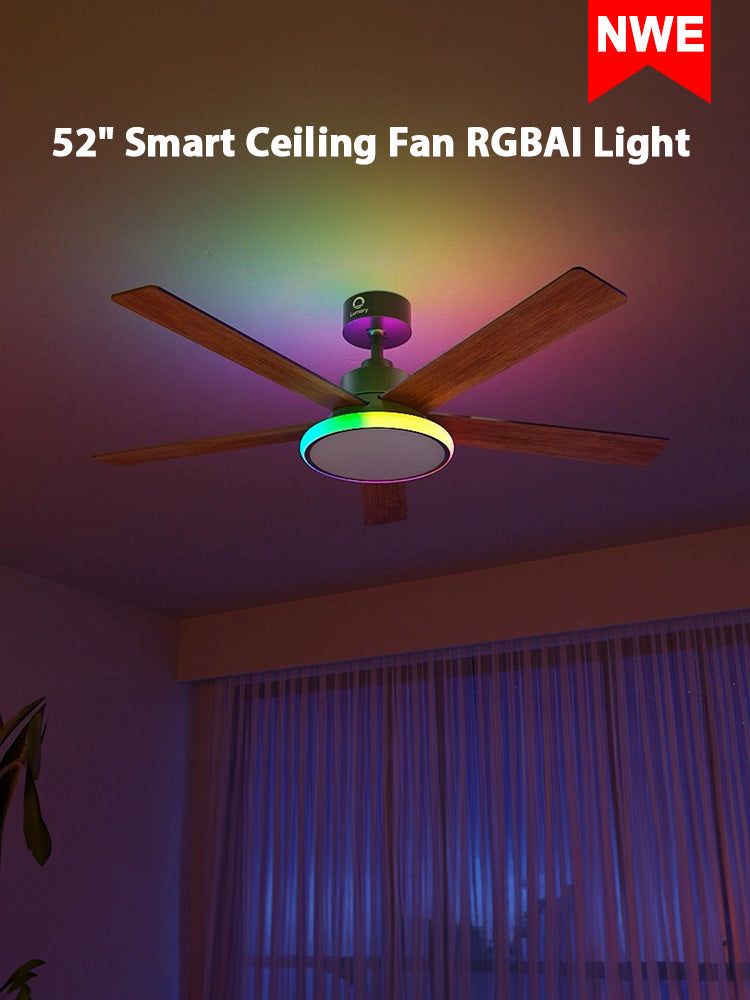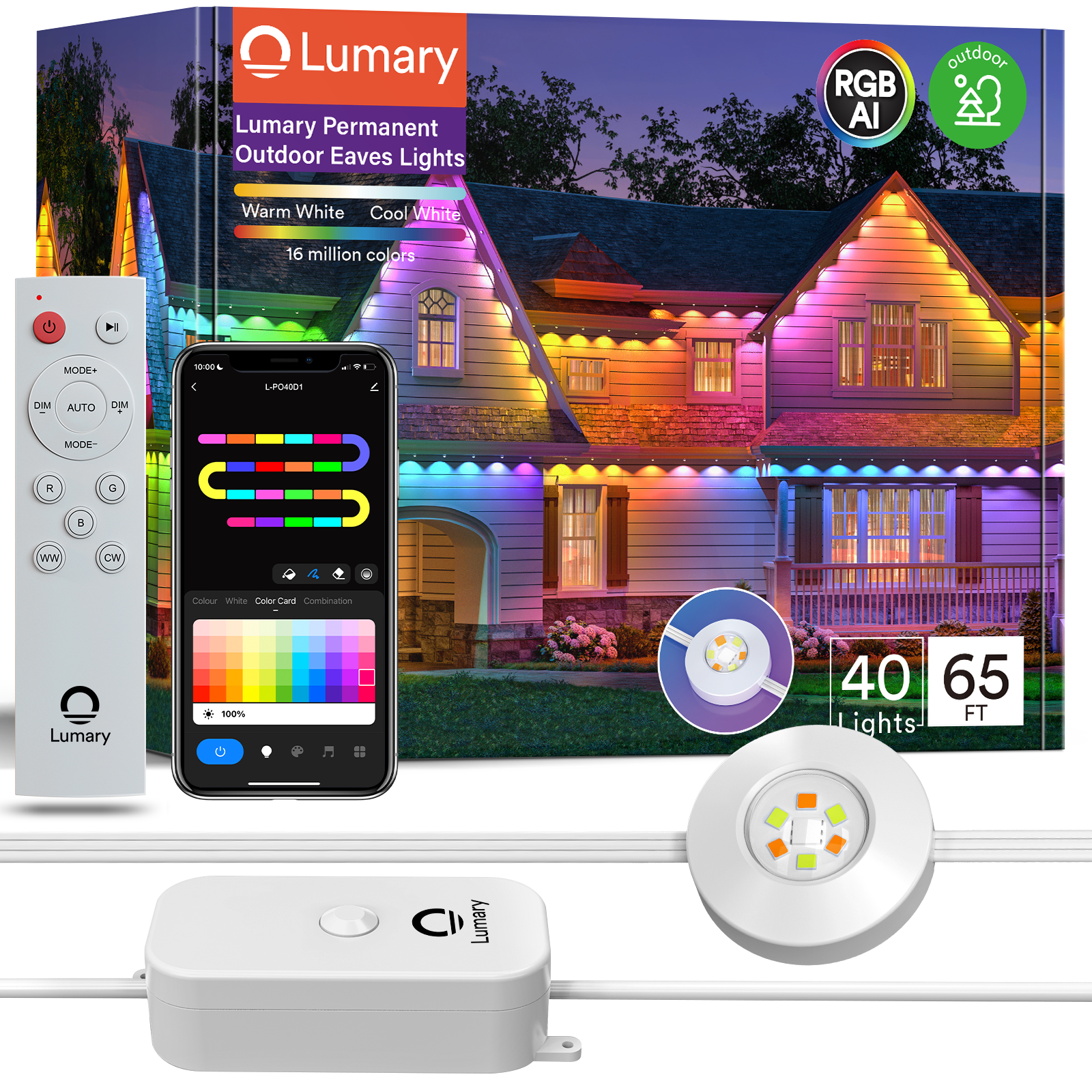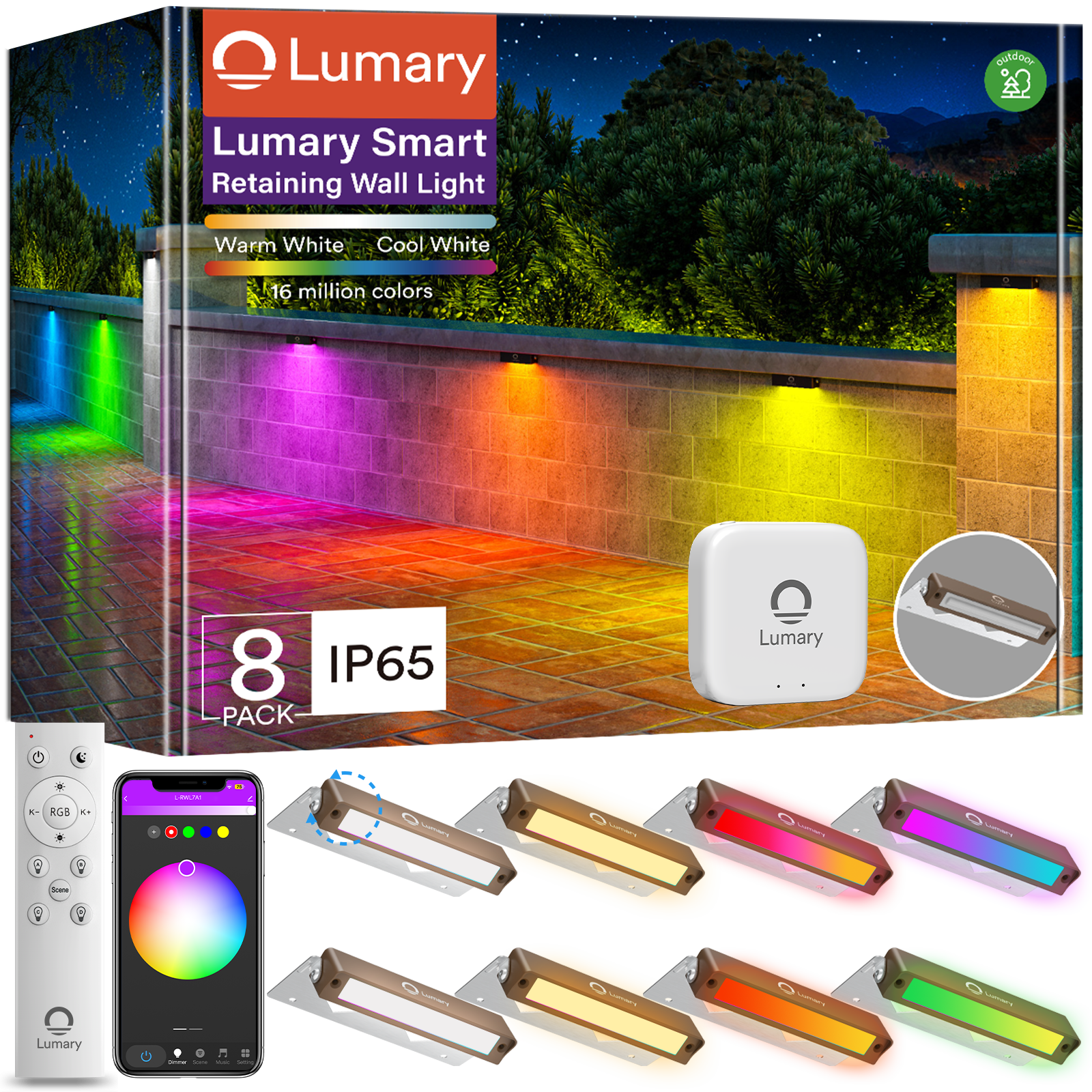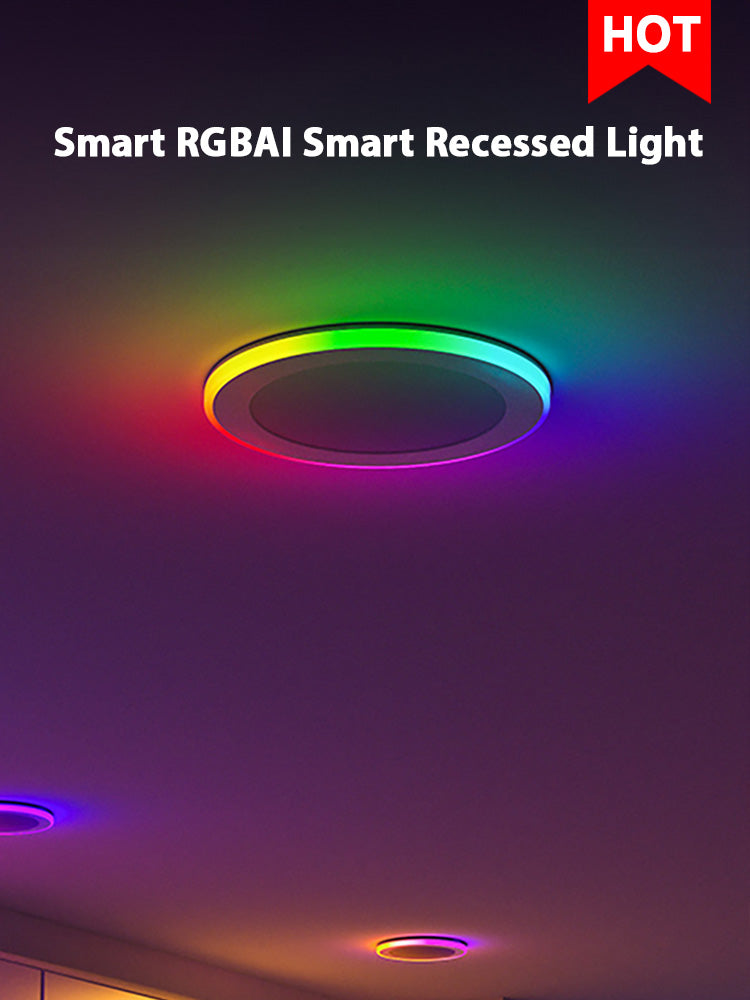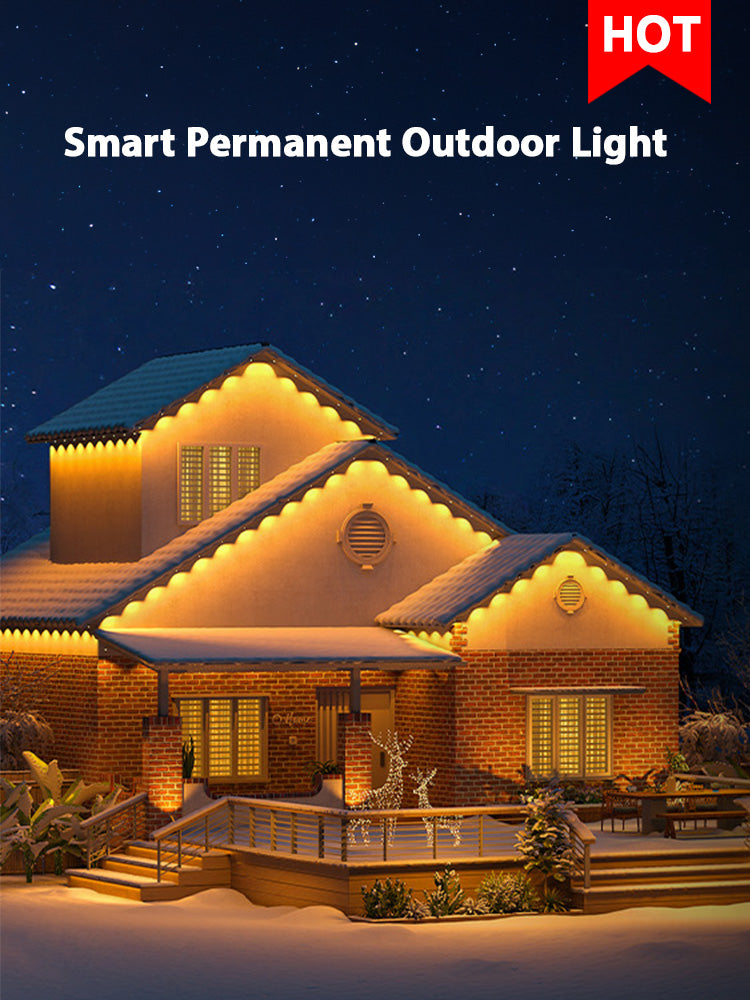Lighting plays a crucial role in interior design, shaping the mood and functionality of your space. You might not realize it, but the color temperature of your lighting can significantly impact how a room feels. For instance, a warm glow around 2700K creates a cozy atmosphere, perfect for living rooms and bedrooms. On the other hand, cooler temperatures like 4000K work well in kitchens and workspaces, where bright, focused light is essential. Recessed lighting offers a sleek and modern solution, providing both aesthetic appeal and practical benefits. With the right color recessed lighting, you can transform any room into a welcoming haven.
Understanding Color Temperature

What is Color Temperature?
Color temperature refers to the hue of light emitted by a bulb, measured in Kelvin (K). This measurement helps you understand whether the light will appear warm or cool. Lower Kelvin numbers, like 2700K, give off a warm, yellowish glow. Higher numbers, such as 5000K, produce a cool, bluish light.
"Different rooms in a home require different color temperatures for optimal functionality and mood enhancement." - ProLighting Blog
Warm light creates a cozy and inviting atmosphere, perfect for spaces where you relax, like living rooms and bedrooms. Cool light, on the other hand, is ideal for areas where you need to focus, such as kitchens and workspaces. By choosing the right color recessed lighting, you can tailor the ambiance of each room to suit its purpose.
How Color Temperature Affects Mood and Functionality
Lighting does more than just illuminate a room; it sets the mood and influences how you feel. Imagine walking into a room with soft, warm lighting. It instantly feels welcoming and relaxing. This kind of ambiance is perfect for unwinding after a long day. On the flip side, bright, cool lighting energizes you, making it easier to concentrate and stay productive.
Creating the right ambiance with lighting involves understanding how different color temperatures affect your mood. Warm lights, around 2700K to 3000K, are great for creating a soothing environment. They help you relax and feel comfortable. Cooler lights, ranging from 4000K to 5000K, boost alertness and focus, making them suitable for tasks that require attention.
"The color temperature of lighting impacts the mood and functionality of different spaces within a home." - Axolight
When you choose color recessed lighting, consider the activities that take place in each room. For example, in a bedroom, you might prefer a warm glow to promote relaxation. In a kitchen, a cooler light can enhance visibility and efficiency. By aligning the color temperature with the room's function, you create a space that not only looks good but also feels right.
Types of Recessed Lighting
Fixed vs. Adjustable Fixtures
When it comes to recessed lighting, you have two main options: fixed and adjustable fixtures. Each type has its own set of advantages and disadvantages.
Pros and Cons of Each Type
Fixed Fixtures:
-
Pros: These fixtures are straightforward and often more affordable. They provide consistent lighting, which is great for general illumination.
-
Cons: You can't change the direction of the light. This limitation might not suit spaces where you need to highlight specific areas or objects.
Adjustable Fixtures:
-
Pros: These allow you to direct light where you need it most. They're perfect for accent lighting or highlighting artwork and architectural features.
-
Cons: They tend to be more expensive and may require more maintenance due to their moving parts.
Best Applications for Each
-
Fixed Fixtures: Ideal for areas where you need uniform lighting, like hallways or large open spaces. They work well in rooms where the lighting needs don't change frequently.
-
Adjustable Fixtures: Best for spaces that require flexibility, such as living rooms or kitchens. You can adjust the light to focus on different tasks or create various moods.
Trim Styles and Their Influence
The trim style of your recessed lighting can significantly impact both the look and function of your space. Let's explore the different options and what they bring to the table.
Different Trim Options
-
Baffle Trim: Reduces glare and is excellent for general lighting.
-
Reflector Trim: Enhances brightness, making it suitable for task lighting.
-
Open Trim: Offers a simple design and is easy to install.
-
Eyeball Trim: Allows for directional lighting, perfect for highlighting specific areas.
Aesthetic and Functional Considerations
-
Baffle Trim: If you want to minimize glare and create a softer light, baffle trim is your go-to. It works well in living rooms and bedrooms where comfort is key.
-
Reflector Trim: Choose this for kitchens or bathrooms where you need bright, focused light. It enhances visibility and functionality.
-
Open Trim: This is a versatile option that fits well in any room. Its simplicity makes it a popular choice for those who prefer a minimalist look.
-
Eyeball Trim: Use this when you need to direct light onto artwork or architectural features. It's perfect for creating focal points in a room.
By understanding the types of recessed lighting and their applications, you can make informed decisions that enhance both the aesthetics and functionality of your home. Whether you opt for fixed or adjustable fixtures, or choose a specific trim style, each choice contributes to the overall ambiance and utility of your space.
Choosing the Right Color Temperature for Different Rooms

Selecting the right color temperature for each room in your home can make a big difference in how comfortable and functional the space feels. Let's dive into the best choices for different areas.
Living Room and Bedrooms
Recommended Color Temperatures
In living rooms and bedrooms, you want to create a cozy and inviting atmosphere. A warm white light with a color temperature between 2700K and 3000K is ideal. This range mimics the soft glow of traditional incandescent bulbs, making it perfect for relaxation and unwinding after a long day.
Enhancing Comfort and Relaxation
Warm lighting in these spaces helps you feel at ease. It encourages relaxation and comfort, which is exactly what you need in areas meant for leisure. Imagine curling up with a good book under a gentle, warm glow. It’s all about creating a haven where you can escape the hustle and bustle of daily life.
Kitchen and Bathroom
Importance of Task Lighting
Kitchens and bathrooms are all about functionality. You need bright, clear lighting to perform tasks like cooking or applying makeup. Task lighting is crucial here, as it ensures you can see what you're doing without straining your eyes.
Optimal Color Temperatures for Functionality
For these rooms, a color temperature between 3000K and 4000K works best. This range provides a bright white light that enhances visibility and focus. In the kitchen, it helps you see the true colors of your ingredients, ensuring your culinary creations turn out just right. In the bathroom, it offers the clarity needed for grooming tasks.
By choosing the right color recessed lighting for each room, you not only enhance the aesthetic appeal but also improve the functionality of your home. Whether you're aiming for a cozy retreat in the living room or a bright workspace in the kitchen, the right lighting makes all the difference.
Energy Efficiency and Color Temperature
When you think about lighting, energy efficiency might not be the first thing that comes to mind. However, choosing the right lighting can significantly impact your energy consumption and environmental footprint. Let's explore how LED lighting and color temperature play a role in energy savings and sustainability.
LED Lighting and Energy Savings
Benefits of LED Recessed Lighting
LED recessed lighting offers numerous advantages over traditional lighting options. First and foremost, LEDs consume less energy, which means lower electricity bills for you. They convert most of the energy they use into light, rather than heat, making them more efficient. This efficiency translates into significant savings over time.
"LED lighting color temperature guide for different spaces and applications." - PROLIGHTING Blog
LEDs also have a longer lifespan compared to incandescent or fluorescent bulbs. You won't need to replace them as often, reducing waste and saving money on replacements. Plus, they come in various color temperatures, allowing you to customize the ambiance of your space while keeping energy consumption low.
Comparing Energy Consumption
When comparing energy consumption, LEDs stand out as the clear winner. Traditional incandescent bulbs use about 60 watts to produce the same amount of light that an LED bulb can produce with just 10 watts. This drastic reduction in energy usage means you can enjoy bright, effective lighting without worrying about high energy costs.
Environmental Impact
Reducing Carbon Footprint
Switching to LED lighting is a simple yet effective way to reduce your carbon footprint. By using less energy, LEDs contribute to lower greenhouse gas emissions. This reduction is crucial in the fight against climate change. Every small change you make, like choosing energy-efficient lighting, adds up to a significant positive impact on the environment.
"Recommendations for selecting LED light temperatures based on different room requirements." - Axolight Blog
LEDs also contain no harmful substances like mercury, which is found in some other types of bulbs. This makes them safer for both you and the planet. When it's time to dispose of them, LEDs are easier to recycle, further minimizing their environmental impact.
Long-term Cost Savings
Investing in LED recessed lighting might seem like a bigger upfront cost, but the long-term savings are substantial. With their energy efficiency and longevity, LEDs pay for themselves over time. You'll notice a decrease in your energy bills and fewer trips to the store for replacements.
"Advice on changing LED bulbs to create a more relaxed atmosphere." - The Expert Blog
By choosing LED color recessed lighting, you not only enhance the aesthetic appeal of your home but also contribute to a more sustainable future. It's a win-win situation where you save money and help protect the environment.
Common Mistakes and How to Avoid Them
When choosing lighting for your home, it's easy to make mistakes that can affect both the look and feel of your space. Let's explore some common pitfalls and how you can avoid them.
Overlooking Room Functionality
Importance of Considering Room Use
You might not realize it, but each room in your home serves a different purpose. The lighting should reflect that. For example, bright light in the kitchen is ideal for prepping food and reading recipes. In contrast, the bedroom should have a relaxing and cozy atmosphere. Warm lights between 2700K and 3000K are recommended for the most soothing tones.
"In the bedroom, the goal is to create a relaxing, enjoyable, and cozy environment." - Lighting Expert
Ignoring the function of a room can lead to lighting that feels out of place or doesn't meet your needs. Always consider what activities will take place in the space before selecting your lighting.
Tips for Avoiding Common Pitfalls
-
Assess the Room's Purpose: Think about what you'll be doing in the room. Is it a place for relaxation, work, or socializing?
-
Match Lighting to Activities: Choose lighting that supports the room's primary activities. For instance, use bright, focused lighting in kitchens and softer, warm lighting in bedrooms.
-
Test Different Temperatures: Experiment with various color temperatures to see what feels best for each space.
Ignoring Personal Preferences
Balancing Aesthetics and Practicality
While functionality is crucial, you shouldn't ignore your personal style and preferences. Lighting is a key element of interior design and can significantly impact the ambiance of your home. Ceiling lights, for example, can anchor a space and add visual interest. A flat ceiling might lack atmosphere, but an ornamental fixture will draw the eyes up.
"Ceiling lights can anchor a space and add visual interest." - Kirsten Blazek
Balancing aesthetics with practicality ensures that your lighting not only looks good but also serves its purpose effectively.
Customizing Lighting to Suit Individual Needs
-
Consider Your Style: Think about the overall look you want to achieve. Do you prefer modern, minimalist designs or something more traditional?
-
Use Adjustable Fixtures: These allow you to direct light where you need it most, offering flexibility in both function and style.
-
Incorporate Smart Lighting: With smart lighting solutions, you can easily adjust brightness and color to match your mood or activity.
By keeping these tips in mind, you can avoid common lighting mistakes and create a home that feels both functional and uniquely yours. Remember, the right lighting can transform any room into a welcoming haven.
You've learned how color temperature and recessed lighting can transform your home. Now, it's time to get creative. Experiment with different setups to find what feels right for you. As Arianna suggests, "Be playful and use lighting in unexpected ways." Try placing a pendant light in a corner or using sculptural sconces for a unique touch. Remember, lighting isn't just functional; it enhances ambiance and efficiency. By choosing the right color temperature, you create a space that's both inviting and practical. So go ahead, play with your lighting, and watch your home come to life.

